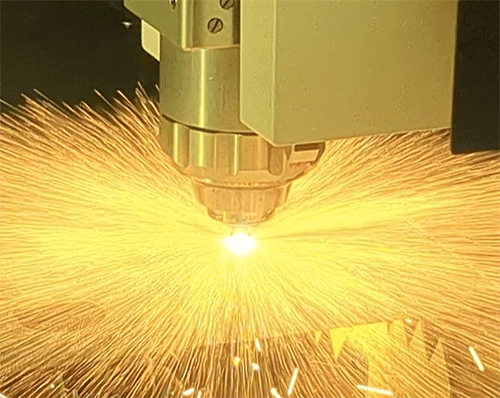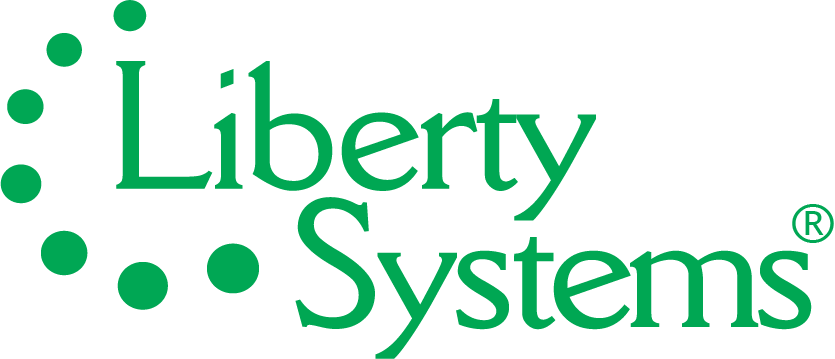Harnessing Assist Gas Mixing for Superior Laser Cutting Performance

In the rapidly evolving world of metal fabrication, laser cutting technology has emerged as a game-changer, revolutionizing the way materials are processed. While fiber lasers with their immense power and precision have taken center stage, their full potential can be unlocked through the strategic use of assist gas mixing. This often-overlooked aspect of laser cutting has played a crucial role in advancing the industry, enabling fabricators to achieve exceptional edge quality results and push feed rate efficiencies.
Understanding the Role of Assist Gas
Assist gas serves as a critical support system for the laser beam, shaping the cutting process and influencing the quality of the final cut. By carefully calibrating and mixing gases, fabricators can optimize the cutting conditions for specific materials, thicknesses, and laser power levels.
The assist gas performs several vital functions:
- Shielding: It creates a protective envelope around the laser beam, shielding it from atmospheric contamination and ensuring consistent energy delivery to the workpiece.
- Exothermic reactions: In certain gas mixtures, the assist gas can react chemically with the molten metal, facilitating the cutting process and improving edge quality.
- Debris removal: The gas flow helps remove molten material and debris from the cut kerf, preventing recast and ensuring a scale-free edge.
Mastering the Art of Gas Mixing
While the concept of assist gas mixing may seem straightforward, achieving optimal results requires a deep understanding of material properties, laser characteristics, and gas behavior. It’s a delicate balance, and even minor adjustments in gas composition or flow rates can have a profound impact on cut quality and productivity.
For instance, when cutting aluminum, a carefully calibrated nitrogen-oxygen mix can eliminate dross formation, resulting in clean edges that can go straight to painting. Similarly, for carbon steel and mild steel, the right combination of nitrogen and oxygen can dramatically improve cutting speeds and edge quality, particularly for thicker materials.
Tailoring Gas Mixes for Specific Applications
The key to unlocking the full potential of assist gas mixing lies in tailoring the gas composition to the specific application. Factors such as material type, thickness, laser power, and cutting speed all play a role in determining the optimal gas mix.
For example, a fabricator working with thick carbon steel plates may require a different gas mix than one cutting thin aluminum sheets. This level of customization ensures that the assist gas is effectively supporting the cutting process, resulting in consistent, high-quality cuts and maximizing productivity.
Ensuring Consistent Gas Quality and Delivery
While selecting the right gas mix is crucial, maintaining consistent gas quality and delivery is equally important for achieving repeatable results. Fluctuations in gas purity, pressure, or flow rates can negatively impact cut quality and lead to costly rework or downtime.
To address this challenge, modern laser cutting systems often incorporate advanced gas management technologies, such as buffer tanks and receiver-type gas mixers. These systems ensure that the gas mix remains evenly distributed and properly regulated, even when cutting conditions change or multiple lasers are in operation.
Optimizing Gas Supply and Plumbing
In addition to gas management systems, proper plumbing design and maintenance play a vital role in ensuring consistent gas delivery. Contamination in gas lines can significantly degrade cut quality, making it essential to follow best practices for pipe looping, filtration, and regular maintenance.
Fabricators also have the option to explore on-site gas generation systems, which can provide a cost-effective and reliable supply of high-purity gases, eliminating the need for frequent cylinder swaps and reducing operational costs.
The Future of Assist Gas Technology
As laser cutting technology continues to evolve, with higher power levels and advanced beam control systems, the role of assist gas technology will become even more critical. Digital control interfaces and programmable gas mixing systems will further refine the process, allowing for real-time adjustments and optimized gas usage based on dynamic cutting conditions.
Additionally, the integration of artificial intelligence and machine learning algorithms could revolutionize gas mix selection and optimization, enabling automated decision-making and fine-tuning based on vast amounts of data and cutting parameters.
Conclusion
In the realm of modern laser cutting, assist gas mixing is no longer just a supporting element; it’s a vital enabler that empowers fabricators to achieve unprecedented levels of speed and efficiency. By mastering the art of gas mixing and implementing robust gas management systems, fabricators can unlock the full potential of their laser cutting operations, delivering superior results and gaining a competitive edge in the market.
Whether you’re a seasoned fabricator seeking to optimize your existing setup or a newcomer exploring the possibilities of laser cutting, investing in assist gas technology is a strategic decision that can pay dividends in terms of productivity, cost savings, and overall operational excellence.
Contact us to learn from our Sales Engineers on the ROI you can expect from our latest line of gas mixers.
